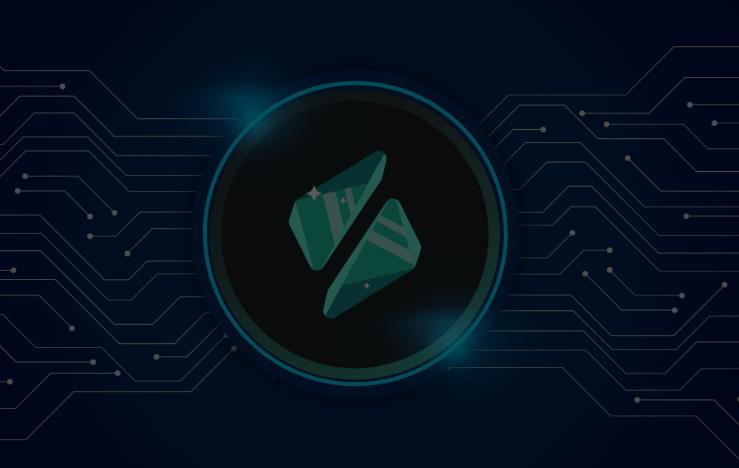In a recent discussion with Reflexer Finance, Ethereum ETH -0.44% co-founder Vitalik Buterin offered his insights into the burgeoning landscape of liquidity staked derivatives (LSDs) and the role of stablecoins like RAI. According to Buterin, RAI, the first stablecoin on the Reflexer platform, could serve as a catalyst for diversifying the LSD market, which is currently dominated by Lido. Lido controls over 30% of the LSD market in the cryptocurrency space, a figure that has raised concerns about centralization and market influence.
The Rise of RAI
RAI is an automated stablecoin that aims to maintain its value without relying on a peg to any external asset, such as the U.S. dollar. It operates on a system of smart contracts and is backed by Ethereum (ETH) as collateral. Unlike other stablecoins, RAI’s target price is not fixed; it adjusts in response to market conditions. If the price of RAI is above the target, the system decreases the redemption rate, reducing the incentive to hold RAI. Conversely, if the price is below the target, the redemption rate increases, encouraging more people to hold RAI.
Data shows that RAI has been gaining traction in the DeFi space. Its market capitalization has grown by 40% in the last quarter, and it has been integrated into several DeFi platforms, including Uniswap UNI 0.24% and Sushiswap.
Lido’s Dominance
Lido, on the other hand, has been a major player in the LSD market, controlling a significant share. It offers staked Ethereum (stETH) as a tokenized version of staked ETH, allowing users to earn staking rewards without locking up their assets. While Lido’s dominance has been beneficial for users seeking a one-stop solution for staking and liquidity, it has also raised questions about the risks associated with such a concentrated market.
Buterin’s Perspective
Vitalik Buterin believes that the rise of RAI could potentially disrupt Lido’s dominant position. According to him, RAI’s unique mechanism and its growing adoption make it a strong contender for diversifying the LSD ecosystem. Buterin also emphasized the importance of having multiple LSD options to reduce systemic risks. He noted that relying on a single LSD could make the system vulnerable to various forms of market manipulation and centralization.
The Technical Angle
From a technical standpoint, RAI operates on a set of smart contracts that manage a reserve of crypto-assets. These contracts use the assets to maintain RAI’s price stability. Lido, however, relies on a more centralized approach, using a DAO to manage staking operations and liquidity provision. This centralization has been a point of contention among market participants and analysts.
Market Reactions
The market has responded positively to Buterin’s comments, with RAI seeing a 5% increase in trading volume within 24 hours of the discussion. Lido’s stETH, however, experienced a slight dip, although it has since recovered. Analysts suggest that while it’s too early to predict the long-term impact of RAI on Lido’s market share, the stablecoin’s growing prominence cannot be ignored.
Regulatory Concerns
Both RAI and Lido face regulatory challenges, especially with increasing scrutiny from financial authorities worldwide. Compliance with regulatory frameworks is crucial for the long-term viability of any financial product, and both platforms are actively working to meet these requirements.






